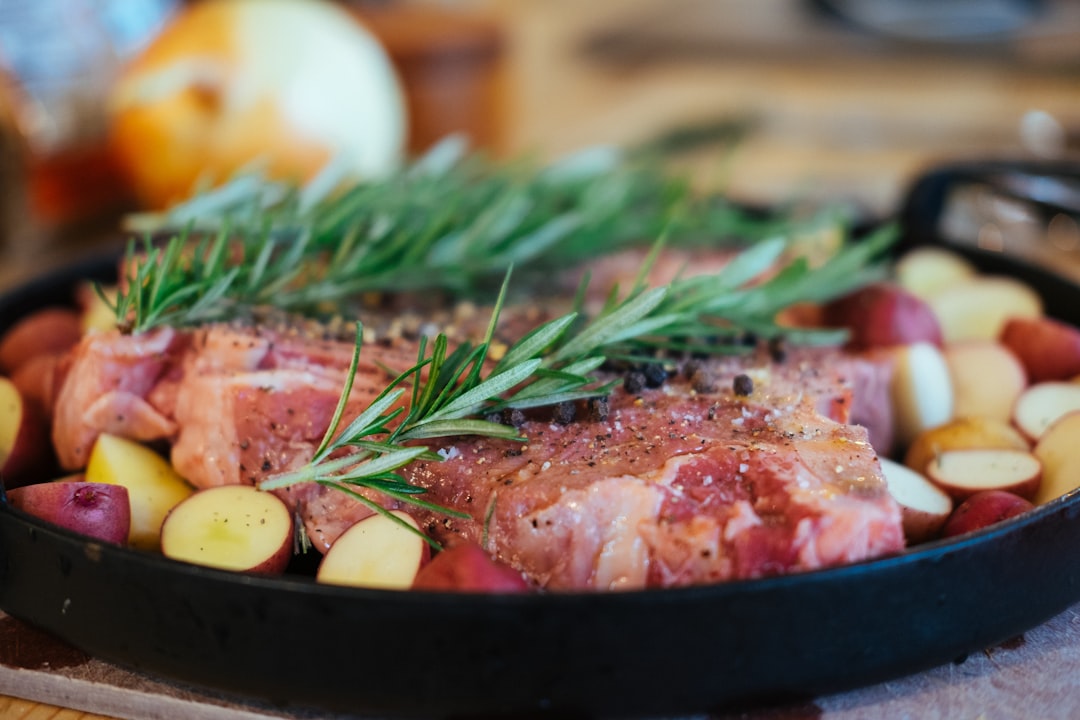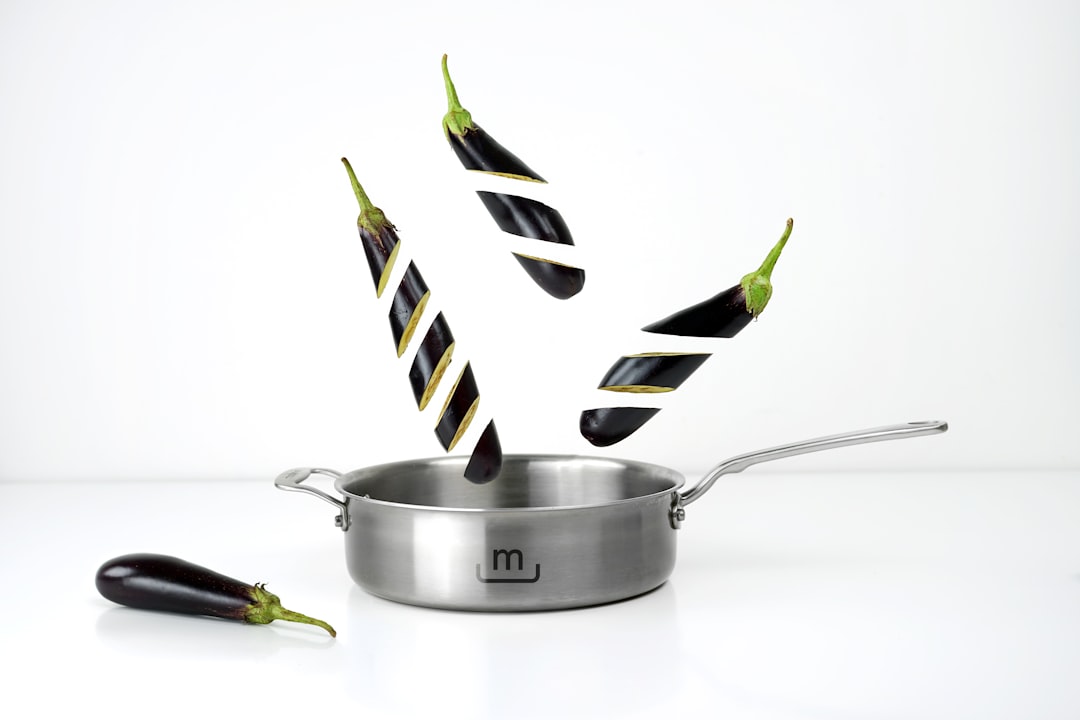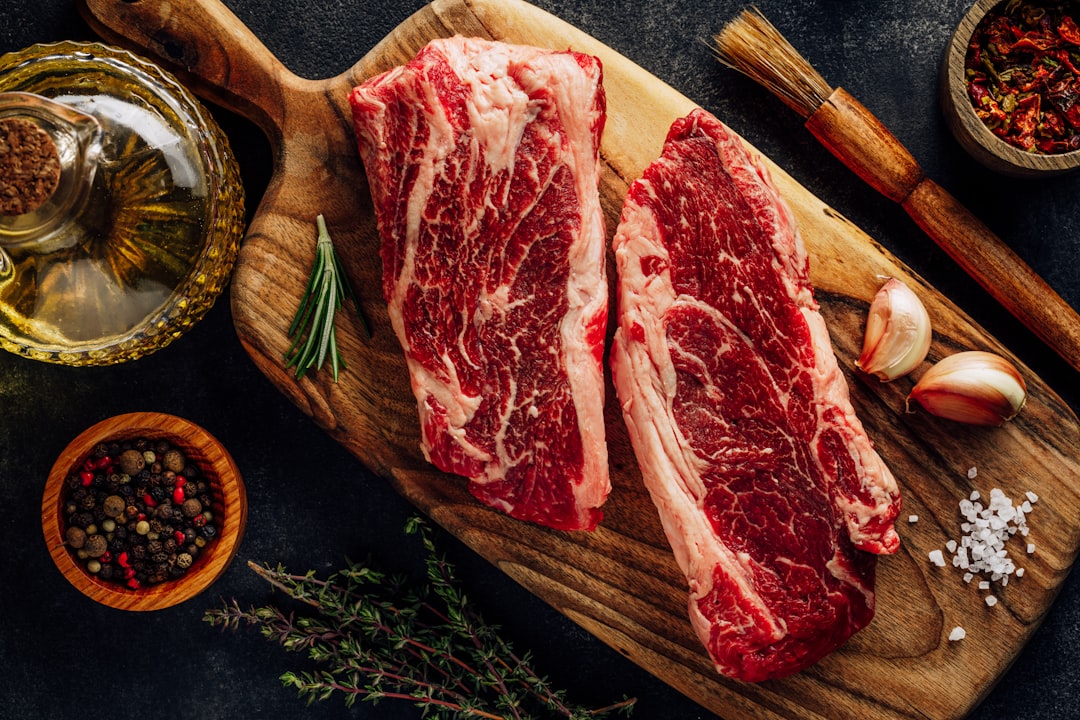Grilling is a culinary technique that has been embraced across cultures and generations, celebrated for its ability to impart unique flavors and textures to food. At its core, grilling involves cooking food over direct heat, which can be achieved using various fuel sources, primarily charcoal and gas. Charcoal grilling is often lauded for the smoky flavor it imparts, a result of the combustion of natural wood and charcoal briquettes.
The process involves lighting the charcoal, allowing it to reach a glowing state before placing food on the grill. This method requires a bit more skill and patience, as managing the heat can be tricky. However, many enthusiasts argue that the depth of flavor achieved through charcoal grilling is unparalleled.
On the other hand, gas grilling offers convenience and precision. With a simple turn of a knob, one can ignite the burners and achieve consistent temperatures with ease. Gas grills typically heat up faster than their charcoal counterparts, making them ideal for quick weeknight meals or impromptu gatherings.
They also allow for better temperature control, which is crucial for cooking delicate items like fish or vegetables. While some purists may argue that gas grilling lacks the authentic smoky flavor of charcoal, advancements in technology have led to the development of gas grills equipped with smoker boxes or wood chip trays, enabling users to infuse their dishes with that coveted smokiness.
Roasting is a versatile cooking method that can be performed in both an oven and on a grill, each offering distinct advantages and flavor profiles. When roasting in an oven, the heat surrounds the food evenly, allowing for consistent cooking and browning. This method is particularly effective for larger cuts of meat or whole poultry, as the controlled environment ensures that the interior cooks thoroughly without burning the exterior.
Additionally, ovens provide the option to use convection settings, which circulate hot air around the food, promoting even browning and reducing cooking time. Conversely, roasting on a grill introduces an element of smokiness that is difficult to replicate in an oven. The direct exposure to flames and heat creates a charred exterior that enhances flavor while sealing in moisture.
Grilling also allows for the use of indirect heat, where food is placed away from the flames, enabling slow cooking similar to oven roasting but with added depth from the grill’s unique environment. This technique is particularly beneficial for larger cuts of meat that require longer cooking times, as it allows for a crispy exterior while maintaining a juicy interior.
Key Takeaways
- Grilling can be done with both charcoal and gas, each offering different flavors and cooking experiences.
- When roasting, the oven provides even heat distribution while the grill adds a smoky flavor to the food.
- Steaming is a healthy cooking method that retains the natural flavors and nutrients of the food.
- Different cuts of meat require different grilling techniques, so it’s important to choose the right cut for the desired outcome.
- A good marinade can enhance the flavor and tenderness of grilled meat, so it’s important to master the art of marinating.
The Art of Steaming: Healthy and Flavorful Cooking
Steaming is often heralded as one of the healthiest cooking methods available, preserving nutrients and flavors that can be lost through other techniques. This method involves cooking food using steam generated from boiling water, which envelops the food and cooks it gently. One of the primary benefits of steaming is its ability to retain vitamins and minerals, particularly in vegetables.
For instance, steaming broccoli can preserve up to 90% of its vitamin C content compared to boiling, where nutrients leach into the water. Moreover, steaming allows for a delicate cooking process that enhances the natural flavors of ingredients without the need for excessive fats or oils. This makes it an excellent choice for health-conscious individuals looking to maintain a balanced diet while still enjoying flavorful meals.
Steamed fish, for example, can be seasoned with herbs and citrus to create a light yet satisfying dish that highlights the fish’s natural taste. Additionally, steaming can be easily adapted to various cuisines; Asian dishes often incorporate steaming techniques with dumplings or buns, showcasing how this method can be both versatile and culturally significant.
Choosing the Right Cuts of Meat for Grilling
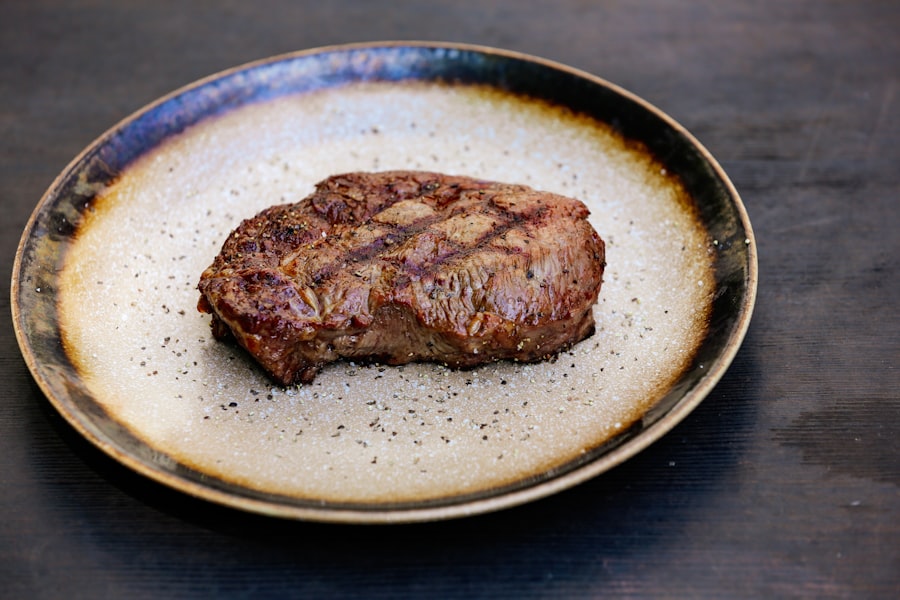
Selecting the appropriate cuts of meat is crucial for achieving optimal results on the grill. Different cuts possess varying levels of tenderness, fat content, and flavor profiles, all of which influence how they should be cooked. For instance, cuts like ribeye or sirloin steak are ideal for grilling due to their marbling and tenderness.
The fat within these cuts melts during cooking, imparting flavor and moisture to the meat. Conversely, tougher cuts such as flank steak or brisket benefit from marinating or slow cooking methods to break down connective tissues before grilling. When considering poultry, chicken thighs are often preferred over breasts for grilling due to their higher fat content and richer flavor.
Thighs remain juicy even when cooked at high temperatures, while breasts can easily dry out if overcooked. For those looking to grill pork, options like pork chops or tenderloin are excellent choices; they offer a balance of flavor and tenderness that makes them suitable for high-heat grilling. Understanding these nuances not only enhances the grilling experience but also ensures that each cut is prepared in a way that maximizes its potential.
Perfecting the Marinade: Tips and Tricks
| Marinade Tips and Tricks | Benefits |
|---|---|
| Use acidic ingredients | Helps tenderize the meat |
| Include oil in the marinade | Helps keep the meat moist |
| Season with herbs and spices | Enhances flavor |
| Marinate for the right amount of time | Ensures optimal flavor infusion |
Marinades play a pivotal role in enhancing the flavor and tenderness of grilled meats. A well-crafted marinade typically consists of three key components: an acid (such as vinegar or citrus juice), oil (to help distribute flavors), and seasonings (herbs, spices, or aromatics). The acid helps to break down proteins in the meat, allowing flavors to penetrate more deeply while also tenderizing tougher cuts.
For example, marinating chicken in a mixture of yogurt and lemon juice not only infuses it with flavor but also results in a tender texture. Timing is crucial when it comes to marinating; while some meats benefit from a quick soak of 30 minutes to an hour, others may require several hours or even overnight for optimal flavor absorption. However, caution should be exercised with highly acidic marinades; prolonged exposure can lead to mushy textures if left too long.
Additionally, incorporating fresh herbs like rosemary or thyme can elevate the marinade’s complexity. Experimenting with different combinations allows home cooks to discover unique flavor profiles that complement their chosen meats.
Mastering the Roasting Temperature and Timing
Achieving perfect roast results hinges on understanding temperature and timing—two critical factors that can make or break a dish. The ideal roasting temperature varies depending on what is being cooked; for instance, poultry is often roasted at higher temperatures (around 425°F) to achieve crispy skin while ensuring thorough cooking. In contrast, larger cuts of meat like beef roasts may benefit from lower temperatures (around 325°F) to allow for even cooking throughout without burning the exterior.
Timing is equally important; using a meat thermometer can help ensure that meats are cooked to safe internal temperatures without overcooking. For example, chicken should reach an internal temperature of 165°F, while beef roasts can vary based on desired doneness—rare at 125°F and well-done at 160°F or higher. Additionally, resting meats after roasting allows juices to redistribute throughout the cut, resulting in a more flavorful and moist final product.
Understanding these principles empowers cooks to take control of their roasting endeavors.
Steam Cooking: Equipment and Methods
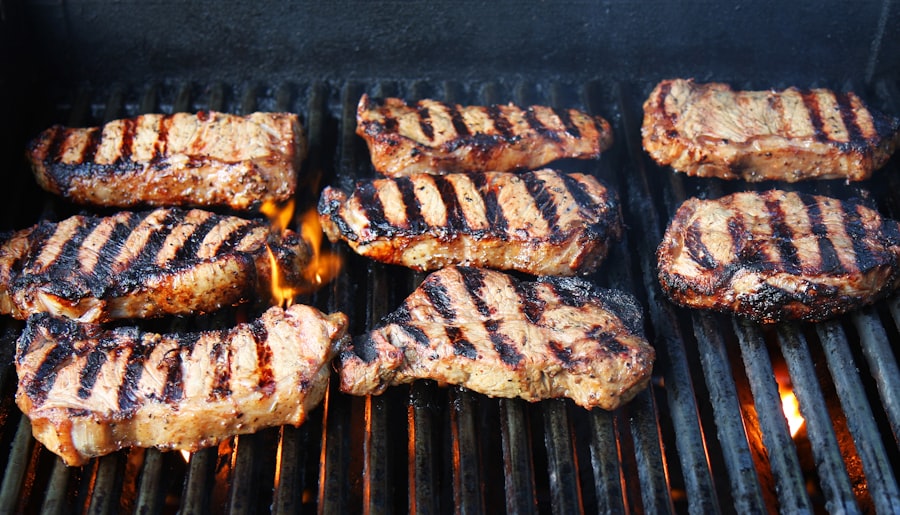
Steaming can be accomplished using various equipment and methods, each offering unique advantages depending on the desired outcome and available resources. Traditional steamers come in various forms—stovetop steamers consist of pots with perforated inserts that allow steam to circulate around food placed above boiling water. Electric steamers provide convenience with preset timers and automatic shut-off features, making them ideal for busy kitchens.
Another popular method involves using a microwave with steam-safe containers or bags designed specifically for steaming vegetables or fish quickly. This method retains nutrients effectively while also saving time compared to traditional steaming methods. For those seeking a more sophisticated approach, pressure cookers can also be utilized for steaming; they create high-pressure environments that cook food rapidly while preserving moisture and flavor.
Each method has its place in culinary practices, allowing cooks to choose based on their preferences and needs.
Grilling Vegetables: Enhancing Flavors and Textures
Grilling vegetables is an art form that transforms ordinary produce into extraordinary dishes through caramelization and charred flavors. The high heat of the grill brings out natural sugars in vegetables like bell peppers, zucchini, and corn, creating a delightful contrast between smoky exteriors and tender interiors. To achieve optimal results when grilling vegetables, it’s essential to select those that hold up well under high heat; hearty options such as asparagus, eggplant, and mushrooms are excellent choices.
Preparation plays a significant role in enhancing flavors; cutting vegetables into uniform sizes ensures even cooking while marinating them beforehand can infuse additional taste. A simple mixture of olive oil, balsamic vinegar, garlic, and herbs can elevate grilled vegetables from side dishes to main attractions on any plate. Additionally, using skewers or grilling baskets can prevent smaller pieces from falling through grates while allowing for easy flipping during cooking.
The Secret to Juicy and Tender Roast Chicken
Roasting chicken is a classic culinary endeavor that many aspire to perfect; achieving juicy and tender results requires attention to detail at every stage of preparation. One key factor is selecting the right bird; free-range or organic chickens often yield superior flavor due to their diet and living conditions compared to conventionally raised birds. Once selected, brining the chicken prior to roasting can significantly enhance moisture retention during cooking; a simple saltwater solution helps break down proteins while infusing flavor.
When it comes time to roast, proper seasoning is essential—rubbing herbs under the skin not only adds flavor but also helps keep moisture locked in during cooking. Roasting at high temperatures initially (around 450°F) creates crispy skin while sealing juices inside; after about 20-30 minutes, reducing the temperature allows for thorough cooking without drying out the meat. Finally, letting the chicken rest post-roasting ensures that juices redistribute throughout the meat before carving.
Steaming Seafood: Retaining Freshness and Flavor
Steaming seafood is an exceptional method for preserving its delicate flavors and textures while ensuring it remains moist during cooking. Fish such as salmon or cod benefits greatly from steaming as it prevents overcooking—a common pitfall when using dry heat methods like baking or grilling. The gentle heat of steam allows seafood to cook evenly while retaining its natural moisture content.
To enhance flavor further when steaming seafood, incorporating aromatics such as ginger slices or lemon wedges into the steaming liquid can infuse subtle notes into the dish without overpowering its inherent taste. Additionally, using bamboo steamers not only provides an aesthetically pleasing presentation but also allows for even cooking across multiple layers—perfect for preparing an entire meal with vegetables alongside seafood simultaneously.
Advanced Grilling Techniques: Smoking and Searing
For those looking to elevate their grilling game beyond basic techniques, smoking and searing offer exciting avenues for exploration. Smoking involves cooking food at low temperatures over indirect heat while exposing it to wood smoke—this process infuses deep flavors into meats like brisket or ribs over several hours. Different types of wood chips (such as hickory or mesquite) impart distinct flavors; experimenting with combinations can yield unique results tailored to personal preferences.
Searing is another advanced technique that enhances flavor through caramelization; achieving a perfect sear requires preheating the grill until it reaches high temperatures before placing meat on grates briefly before reducing heat for continued cooking. This method creates a flavorful crust while locking in juices—a technique particularly effective for steaks or pork chops where texture plays an essential role in overall enjoyment. By mastering these advanced techniques alongside foundational skills in grilling, roasting, steaming—and understanding how each method interacts with different ingredients—cooks can create memorable meals that showcase their culinary prowess while delighting family and friends alike.
